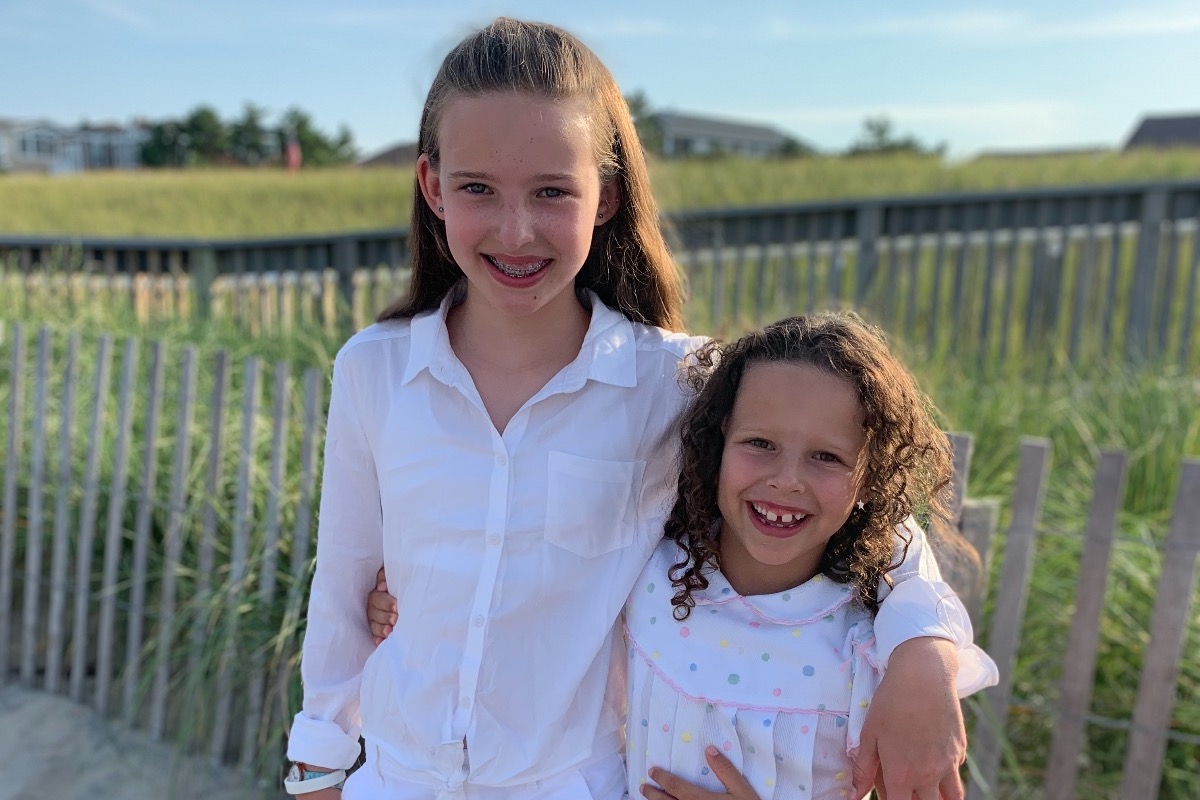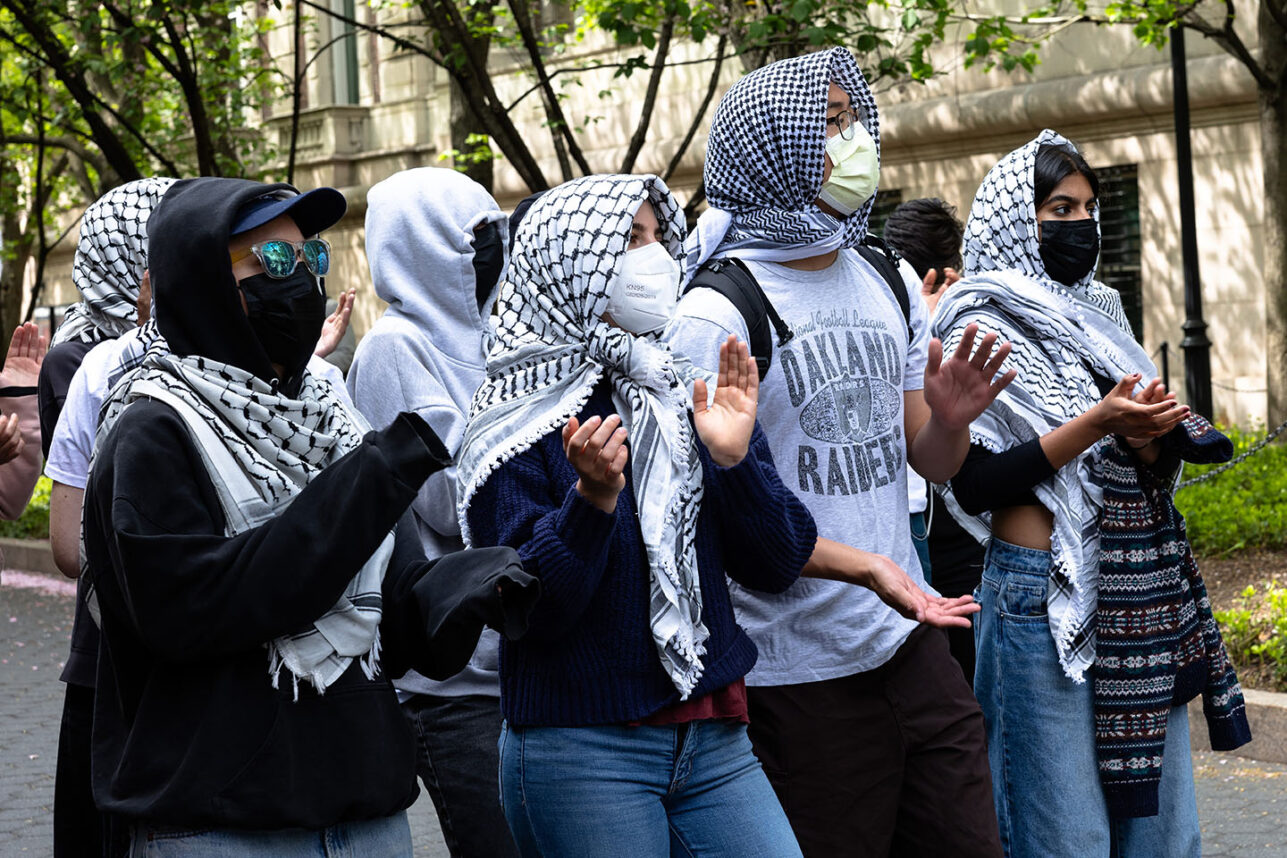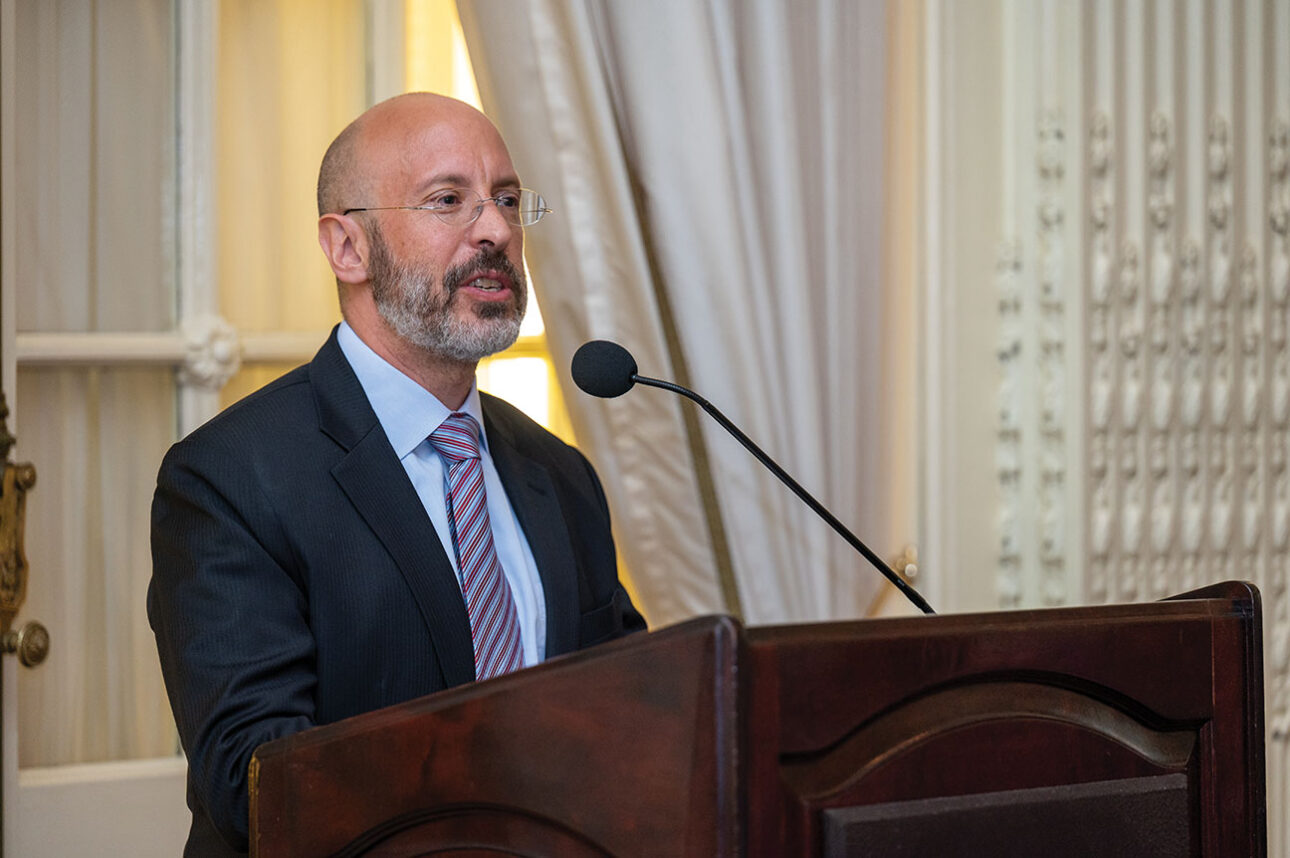
Editor’s Note: The following post has been reshared from the Wildman Halperns Family in order to find a compatible donor for a liver transplant.
Our warrior needs a new liver.
By Sarah Wildman —
We are facing round four of chemo at Children’s National Medical Center. We’ve decorated the room, brought in our soft blankets and stuffed animals, checked to see if Orli’s friends are here, chatted with our nurses.
In the early days of Orli’s cancer she asked me several times: have you ever had pain like this? But her pain had already long since surpassed the space I knew, it had lapped labor pains in its elasticity and longevity. We, her parents, were desperate to shoulder it for her. Over the last weeks I’ve often heard that children rebound better than adults, that they tolerate pain at a higher threshold, accommodate discomfort better than we do. If anyone has shown us this, it is Orli. And that pain, thank God, has subsided. She’s a warrior.
Orli’s progress from day one of chemo back on December 6 to today has been nothing short of remarkable. But chemotherapy is only one piece of Orli’s story.
Here’s the stark news: Orli needs a liver transplant.
And for that we need a liver donor. We start by seeking blood type and age: O or A, positive or negative, age 18-55. There are other factors, but those are the gateway. The liver can come from a living or a deceased donor; but a living donor allows us to plan, to advance her recovery, to ensure she won’t be at risk for infection on the days chemotherapy has depressed her ability to fight off germs. Most importantly it is a far, far faster path towards transplant. The waitlist for a deceased donor is months long. We don’t have the time.
(Those interested can apply here. There is a place on the web form to indicate Orli Wildman Halpern as recipient. Georgetown has a dedicated live-donor team – trained to counsel prospective donors about the process and realities of becoming a live donor, as well as a dedicated surgical team for the donor alone. 202-444-1360)
It feels nothing short of bizarre to type this out. Surreal. When this journey began, we hoped chemo would be curative. Perhaps, we thought early on, she’ll need surgery, but not a transplant. And in just 7 weeks we have gone from praying to avoid a transplant, to actively praying to transplant soon, to find a liver for her, from a deceased donor, or a living one. We have gone now to both Georgetown, and up to Boston, where we met with the team at Dana Farber-Boston Children’s.
Everyone is in agreement. A transplant, expert after expert has said, means Orli has a chance.
As of this week Orli has been placed on the list for a deceased donor in two regions – New England and the DMV (DC-Maryland-Virginia). But because we can’t control whether – or when – Orli matches for a deceased donor, we have to look harder. Simply put: Waiting means she will be subjected to ever greater rounds of chemo. But the toxicity of chemo is too high to tolerate indefinitely.
So what can we do? We can look for a live donor, and this is the start of that search.
It is Orli’s response to chemo that makes this possible. A week ago Sunday it was sunny and brisk and we walked together a solid walk of some 30 minutes, uphill, to the center of the neighborhood we live in, to go to a farmer’s market, to a shop, to enjoy the day, to be outside. That such a walk is a victory is in and of itself indicative of our strange new normal. To say that wouldn’t have been possible December 6 is not enough: that week she could barely walk to the bathroom alone, could barely catch her breath; she had to be supported to get up from bed and had to take ever-increasing amounts of pain medication which made her walking even more difficult. When she returned home from the hospital the first time she eyed our stairs with dread. These days she actively plans and dreams of the future, both near term – (She wants to go to a Broadway play, to rejoin dance class, even to rejoin her schoolmates) – and further out – (She’s certain she’ll go to college in NYC).
And, as difficult as chemo weeks are for the family, we have studied now the dark arts of chemo support. We know we want treatment to start as early as possible in the day, so night might afford some rest. We know which nurse Orli prefers when it comes to administering the last shot of Neulasta. We know, as well, which drugs help Orli tolerate nausea and which medicines she deplores. We know when the hospital-wide bingo happens, when the service dogs come to visit, and that the art room, and art therapists, are a sanctuary. We know how much better it is to make friends.
Orli has vowed to train a therapy dog herself, and then bring that puppy back to visit each and every child, knowing how much joy those dogs have brought her. She wants to give that joy back. She wants to be a friend and mentor to other kids with cancer.
And Orli plans for ways to make it more comfortable. Ima, she’ll say, let’s bring a 1000 piece puzzle. Or, Ima, let’s start watching this program. Or Ima, I don’t think I’ll want to do any school work at all. Or Daddy, I hope some of the friends I’ve made are on the floor when I come. Her sister fears these weeks, as well, she articulates her discomfort in having to be in a divided family. She misses her sister, and she actively worries over the parent who is absent. And Orli, too, in the days running up to the hospital, asks us not to speak of it.
She did very well in the hospital last time and we very much hope this fourth cycle will be similar.
But we have a talented team of oncologists from Boston to DC. All of them are telling us the same thing. A liver transplant is Orli’s option for a cure, and a normal life.
The team at Georgetown is hoping to review applicants starting next week. It’s not a small ask. Donor livers grow back (like a starfish) but donors are advised to take off work at least 4 weeks. Here’s the link and the phone number again is 202-444-1630.
Our friend Wajahat Ali and Sarah Kureishi went through this with their daughter Nusayba just a few months back. Orli and Nusayba shared a floor at Children’s National during Orli’s first chemo round. Their family has talked us through the process, held our hands from afar, assured us that they will be there on the other side of this process, when Orli has a new liver in her belly, when she can leave chemo behind, when she can return to class, to dance, to basketball, to live in a space that is beyond the walls of home or hospital. We have seen Nusayba thrive and grow, heard her giggle again, and ring that bell at Children’s National Medical Center. We can only hope for the same.
This is all a lot to absorb. But here’s where we are. Thanks as always for your love, support and kindness. Please consider this appeal, spread the word about live liver transplant – time is of the essence.
More on our story is here.























 More news and opinions than at a Shabbat dinner, right in your inbox.
More news and opinions than at a Shabbat dinner, right in your inbox.